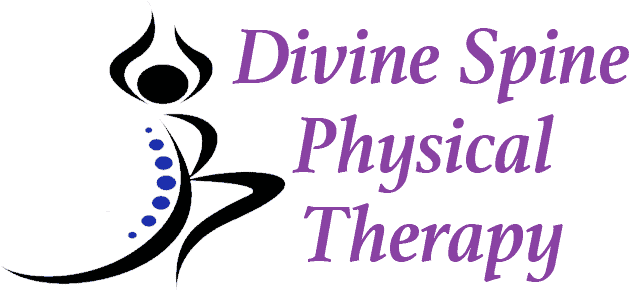Joint mobilization is a type of manual therapy performed here at our physical therapy clinic. It involves the passive movement of specific joints using the skilled application of force, direction, and technique. A physical therapist can use his or her hands to mobilize an affected joint or may elect to use certain tools, including straps, to help deliver the desired treatment effect.
The specific type, magnitude, speed, and frequency of joint mobilization performed depends on several factors, including the goal of treatment, the type of joint being targeted, and even your own unique anatomy. The primary effects of joint mobilizations include pain reduction, improved range of motion, and improved quality of joint movement itself (known as arthrokinematics).
What conditions can benefit from joint mobilization?
Sometimes, a joint can become irritated, swollen, or misaligned as a result of injury, stress, poor posture, repetitive movement, or even as a result of age-related wear and tear. When this happens, the joint may not move correctly and become stiff and painful. Nearby structures including muscles, tendons, and ligaments may become tense or injured as a compensatory effect of trying to support or stabilize the injured joint. This can lead to muscle weakness or even impingement and damage to nearby nerves.
Joint mobilization isn’t appropriate for all patients, and our skilled and experienced physical therapists can determine if it’s right for you or a loved one. Specific conditions which our physical therapy team successfully manage with joint mobilizations include:
- Arthritis (especially of the shoulder, spine, elbow, hip, and knee)
- Rotator cuff tears and sprains
- Adhesive capsulitis (frozen shoulder)
- Medial or lateral epicondylitis (golfer’s or tennis elbow, respectively)
- Ankle sprains
- Sciatica and other types of nerve impingement syndromes
- Facet joint locking and other types of spinal misalignments
- Whiplash
Joint issues are often the hidden underlying factors driving other types of injuries and ailments including muscle strains, ligament damage, and bursitis, so this is why we strongly encourage you to consult with a physical therapist with any type of acute or chronic dysfunction. Your joints could be contributing to your pain without you even realizing it!
